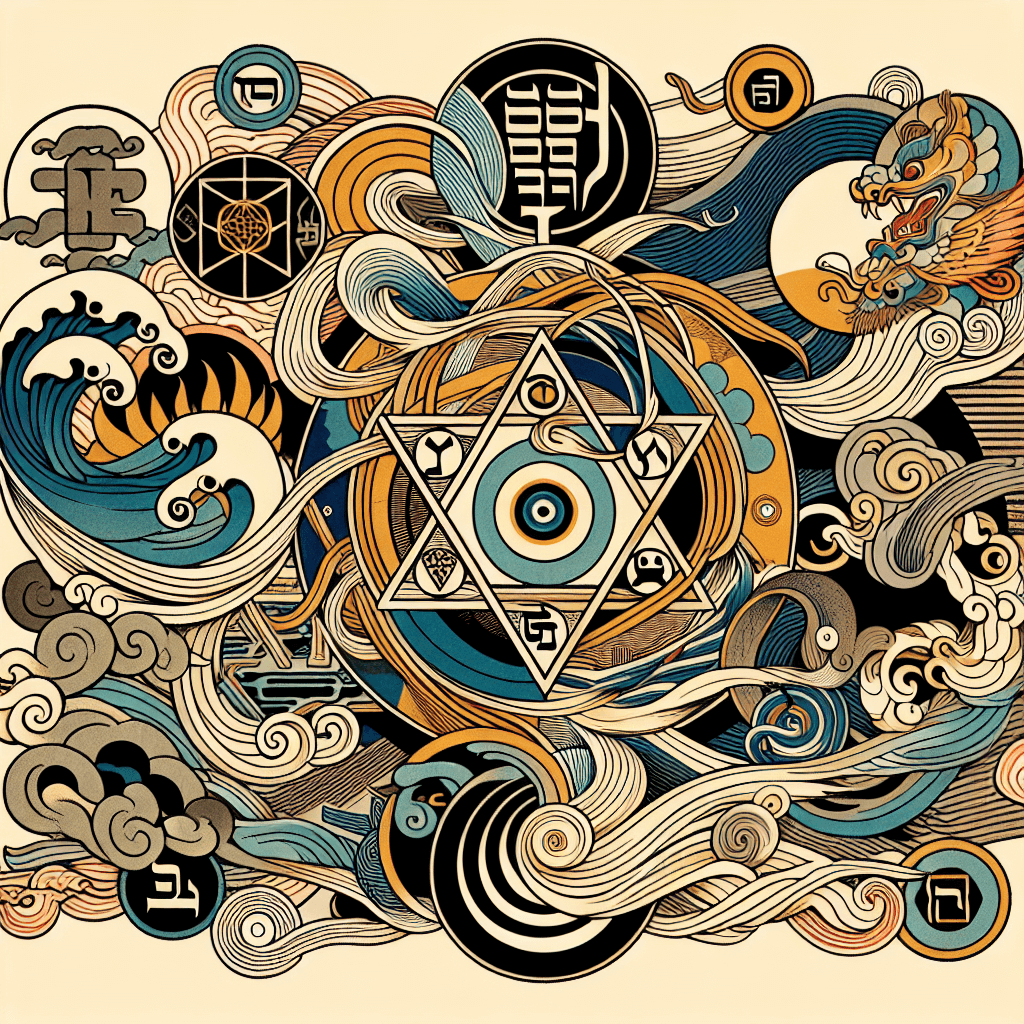The Role of Symbols and Language in Kabbalah, Toltec Sorcery, and Voodoo
syndu | Dec. 15, 2024, 11:13 a.m.

Title: Symbolism in Kabbalah, Toltec Sorcery, and Voodoo: The Guiding Light of Mysticism
Introduction
Symbols serve as bridges between the material and the divine, acting as vehicles for deeper understanding and spiritual exploration. In the mystical traditions of Kabbalah, Toltec Sorcery, and Voodoo, symbolism and language not only express esoteric wisdom but also guide practitioners in their spiritual journeys. This post examines these symbols and their significance in each tradition, unraveling the language of the universe as captured by these ancient practices.
Kabbalah: Unveiling Divine Secrets
Kabbalah, with its rich symbology, uses the Hebrew language as a key to unlock divine mysteries. Each letter is imbued with metaphysical significance, serving as a tool for interpreting sacred texts and understanding the fundamental nature of God and the cosmos.
-
The Tree of Life: This iconic symbol depicts ten Sephirot, representing different aspects of God's nature and the path of spiritual enlightenment. The structure encourages personal growth and understanding of one's place in the universe, acting as a road map for spiritual ascension.
-
Gematria and the Power of Numbers: Through numerical values assigned to Hebrew letters, Gematria provides hidden insights and connections within sacred texts, revealing deeper meanings and offering guidance on the soul’s journey.
Toltec Sorcery: Harnessing Transformation
Rooted in indigenous traditions, Toltec sorcery focuses on altering perception to achieve spiritual growth. Symbols in Toltec practice transcend mere representation, acting as tools for transformation and conduits to alternate reality experiences.
-
The Assemblage Point: In Toltec tradition, this symbolic point on the energy body defines perception and the perceived world. Adjusting the assemblage point can shift one’s reality, suggesting that the nature of the world is inherently mutable and influenced by intent.
-
Dream Symbols: Dreaming in Toltec practice is not just a subconscious activity but a method of exploring other dimensions. Symbols emerging in dreams provide messages from beyond, guiding practitioners toward self-discovery and potential transformation.
Voodoo: Language of the Loa
In Voodoo, symbols and language serve as a means of communication with spiritual entities, creating a sacred link between humans and the divine. Ritualistic drawings and chants express and channel spiritual energies, inviting the presence of the Loa during ceremonies.
-
Veves: These complex drawings represent the presence and power of the Loa. Veves are drawn with cornmeal or other substances during rituals to invoke spiritual attention and open a portal between realms, facilitating communication and blessings from the Loa.
-
Chants and Songs: Vibrational qualities of language in Voodoo, amplified by rhythm and melody, elevate the practitioners’ spiritual energy, engaging with the Loa through powerful spells and haunting invocations.
Conclusion
The mystical languages and symbols found in Kabbalah, Toltec Sorcery, and Voodoo highlight the vital role of symbolic expression in spiritual practice and enlightenment. By exploring these enigmatic traditions, we discover a powerful tapestry of interpretations and interactions that help decode universal truths. This journey through symbols and language enriches our understanding of the cosmos and encourages us to transcend the boundaries of ordinary perception, guiding us toward a more profound, interconnected existence.”